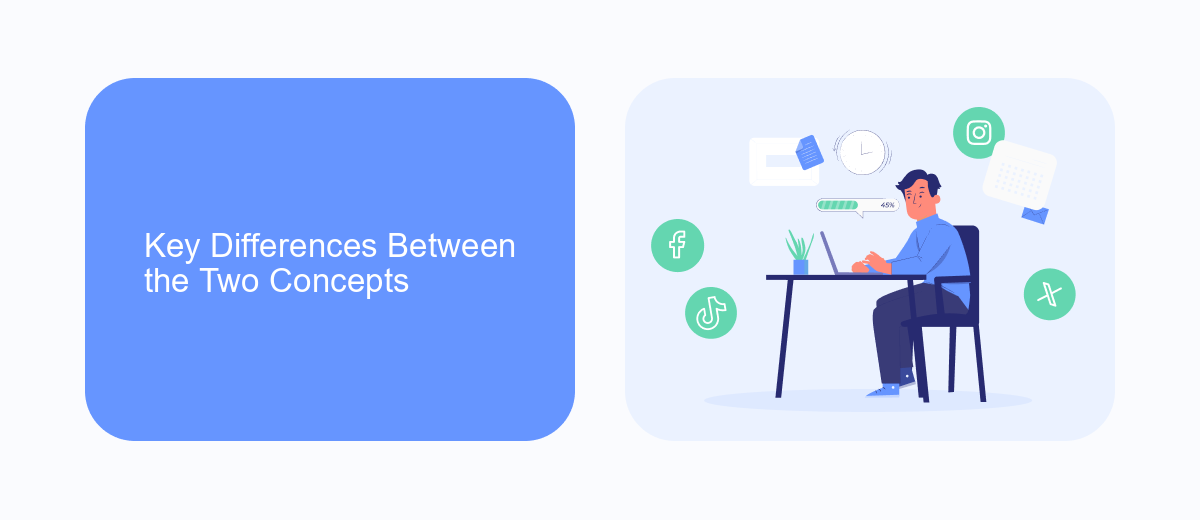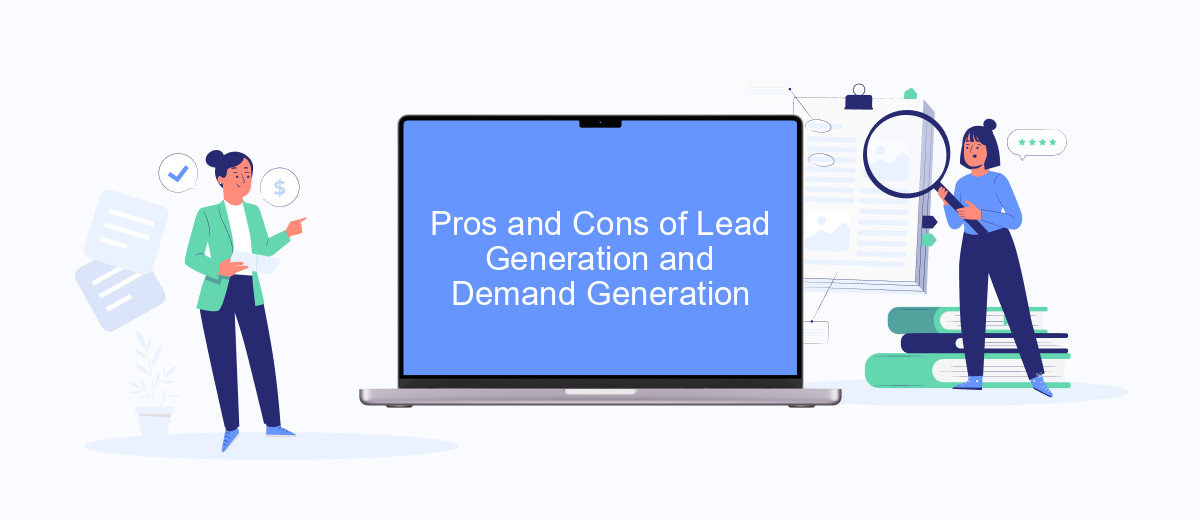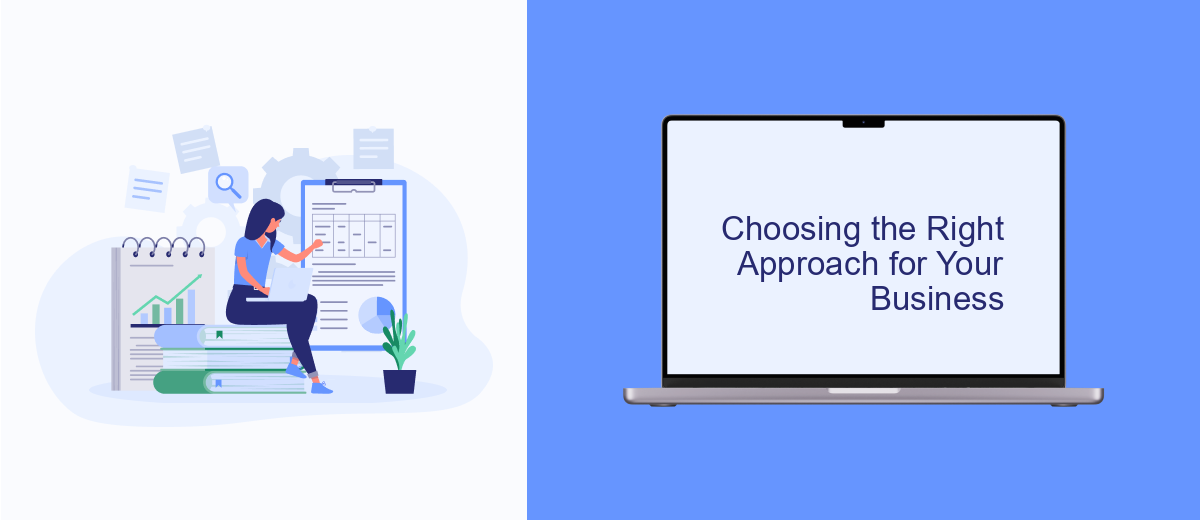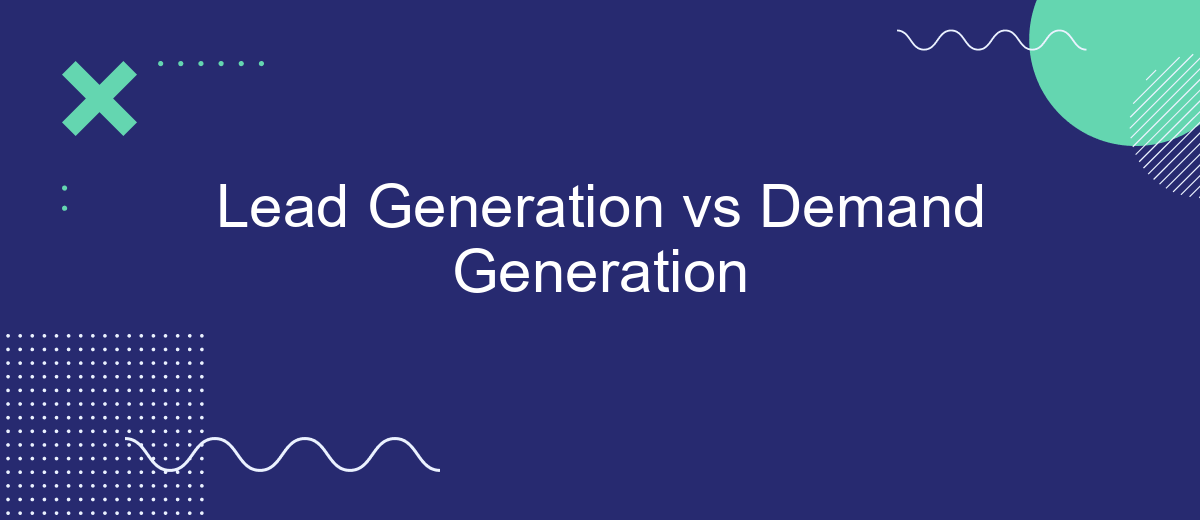In the realm of modern marketing, understanding the distinction between lead generation and demand generation is crucial for crafting effective strategies. While both aim to drive growth, they serve different purposes and employ distinct tactics. This article delves into the key differences, helping businesses to better allocate resources and optimize their marketing efforts for maximum impact.
Definition of Lead Generation and Demand Generation
Lead generation and demand generation are two critical components of a successful marketing strategy, each serving distinct purposes. Lead generation focuses on capturing interest in a product or service to develop a sales pipeline. It involves identifying potential customers and collecting their contact information for further engagement. Demand generation, on the other hand, aims to create awareness and interest in a product or service, generating demand at the top of the funnel.
- Lead Generation: Tactics include content marketing, email campaigns, and social media outreach.
- Demand Generation: Tactics include brand awareness campaigns, educational content, and influencer partnerships.
Both strategies are essential for driving business growth but serve different roles in the customer journey. While lead generation is more about capturing and nurturing leads, demand generation focuses on creating a broader interest and educating the market. Tools like SaveMyLeads can help automate the integration of lead data into your CRM, streamlining the process and ensuring no potential customer is overlooked.
Key Differences Between the Two Concepts

Lead generation focuses on identifying and capturing potential customers who have shown interest in your product or service. This process typically involves strategies such as content marketing, email campaigns, and social media advertising to gather contact information from prospects. The primary goal is to convert these leads into sales-ready opportunities by nurturing them through the sales funnel.
In contrast, demand generation aims to create awareness and interest in your brand or product on a larger scale. It encompasses a broader range of marketing activities, including public relations, influencer partnerships, and educational content, to build a strong brand presence and stimulate market demand. While lead generation is more about immediate conversions, demand generation seeks to establish long-term engagement and loyalty. Tools like SaveMyLeads can streamline the integration of various marketing platforms, ensuring seamless coordination between lead generation and demand generation efforts.
Pros and Cons of Lead Generation and Demand Generation

Lead Generation and Demand Generation are two crucial strategies in the marketing world, each with its distinct advantages and disadvantages. Understanding these can help businesses make informed decisions about which approach to prioritize.
- Lead Generation Pros:
- Directly captures potential customer information.
- Facilitates targeted marketing campaigns.
- Immediate ROI tracking and measurement.
- Lead Generation Cons:
- Can be intrusive and perceived as spam.
- Requires continuous follow-up and nurturing.
- May lead to lower quality leads if not executed properly.
- Demand Generation Pros:
- Builds brand awareness and credibility.
- Creates long-term customer relationships.
- Generates high-quality leads over time.
- Demand Generation Cons:
- Requires significant time and resources.
- ROI is harder to measure immediately.
- Needs consistent and high-quality content.
Both strategies have their place in a comprehensive marketing plan. Tools like SaveMyLeads can streamline the integration process, ensuring that lead data is accurately captured and managed across platforms, enhancing the effectiveness of both lead and demand generation efforts.
Choosing the Right Approach for Your Business

Choosing the right approach between lead generation and demand generation depends on your business goals, target audience, and resources. Lead generation focuses on capturing contact information of potential customers, while demand generation aims to create awareness and interest in your products or services.
To determine the best strategy for your business, consider the following factors:
- Business Objectives: Define whether your primary goal is to quickly build a contact list or to educate and engage your audience over time.
- Target Audience: Understand the needs and behaviors of your potential customers. Are they looking for immediate solutions or are they in the research phase?
- Resources: Evaluate your available budget, tools, and team expertise. Can you invest in long-term content creation and nurturing, or do you need quick wins?
Integrating the right tools can streamline your approach. For instance, SaveMyLeads can automate lead generation by connecting various platforms, ensuring you capture and manage leads effectively. By aligning your strategy with your business needs and leveraging the right tools, you can optimize your marketing efforts for maximum impact.
Best Practices for Implementing Lead Generation and Demand Generation
To effectively implement lead generation, start by identifying your target audience and creating personalized content that addresses their pain points. Utilize multiple channels such as social media, email marketing, and SEO to reach potential leads. Ensure your landing pages are optimized for conversions with clear calls-to-action and user-friendly designs. Additionally, integrating automation tools like SaveMyLeads can streamline the process by automatically capturing and organizing lead information from various sources, allowing your team to focus on nurturing relationships.
For demand generation, focus on building brand awareness and establishing thought leadership within your industry. Develop high-quality, informative content such as blogs, webinars, and whitepapers that provide value to your audience. Leverage paid advertising and influencer partnerships to amplify your reach. It's crucial to align your demand generation efforts with your overall marketing strategy to ensure consistency and coherence. Tracking and analyzing metrics will help you refine your approach and maximize ROI. Combining both lead generation and demand generation strategies will create a robust pipeline for sustained growth.


FAQ
What is the primary difference between lead generation and demand generation?
How do lead generation and demand generation work together?
Which metrics are important for measuring the success of lead generation and demand generation?
Can automation tools be used for both lead generation and demand generation?
Is it necessary to invest in both lead generation and demand generation strategies?
If you use Facebook Lead Ads, then you should know what it means to regularly download CSV files and transfer data to various support services. How many times a day do you check for new leads in your ad account? How often do you transfer data to a CRM system, task manager, email service or Google Sheets? Try using the SaveMyLeads online connector. This is a no-code tool with which anyone can set up integrations for Facebook. Spend just a few minutes and you will receive real-time notifications in the messenger about new leads. Another 5-10 minutes of work in SML, and the data from the FB advertising account will be automatically transferred to the CRM system or Email service. The SaveMyLeads system will do the routine work for you, and you will surely like it.
